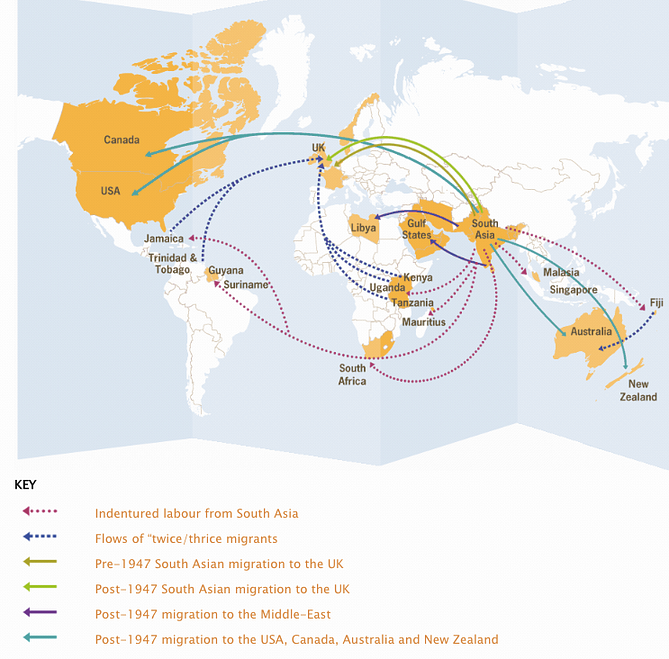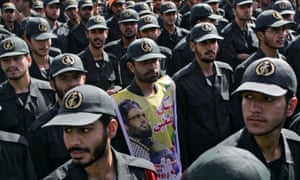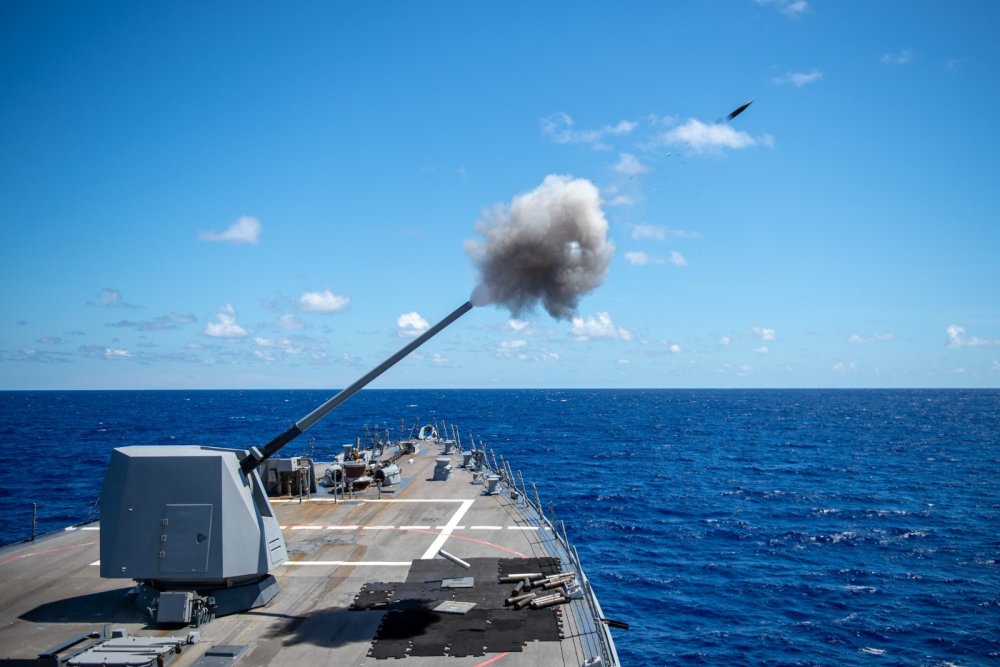Bob Schieffer: I'm Bob Schieffer.
Andrew Schwartz: And I'm Andrew Schwartz of the Center for Strategic and International Studies. And this is The Truth of the Matter.
Bob Schieffer: This is a podcast where we break down the policy issues of the day. Since the politicians are having their say, we will excuse them with respect and bring in the experts, many of them from the CSIS, people who have been working these issues for years.
Andrew Schwartz: No spin, no bombast, no finger pointing, just informed discussion.
Bob Schieffer: To get the truth of the matter on the US raid targeting ISIS leader Abu Bakr al-Baghdadi, We'll talk with Seth Jones. He holds the Harold Brown Chair, and is Director of the Transnational Threats Project, and is a Senior Advisor to the International Security Program at The Center For Strategic and International Studies. Prior to CSIS, he served as Representative for the Commander U.S. Special Operations Command to the Assistant Secretary of Defense for Special Operations.
Bob Schieffer: Thank you, Seth for joining us here on The Truth of the Matter. We're going to start something on this broadcast today called check back. As I was thinking about putting this broadcast together, we are so overwhelmed with news now something big happens, we report on that, and then before we can continue the reporting, let alone the analysis on that, something else happens which washes that away. So, what we're going to do from time to time is check back.
 In this edition of Gotta Keep on Movin’, we explore the migration trends of minorities in India.Vulnerability manifests along numerous axes — caste, gender, religion.
In this edition of Gotta Keep on Movin’, we explore the migration trends of minorities in India.Vulnerability manifests along numerous axes — caste, gender, religion.










/arc-anglerfish-arc2-prod-mco.s3.amazonaws.com/public/TGQSU642P5DZFPZTUYDNS5QAHM.jpg)

